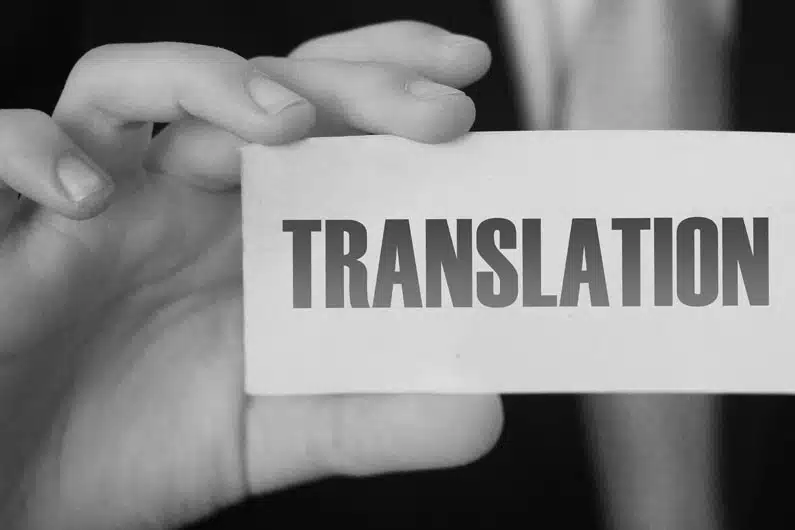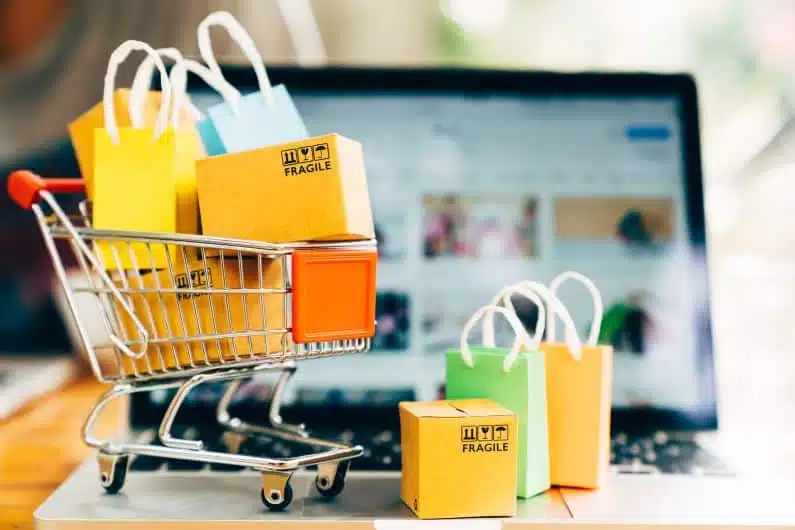Assessing the quality of translation is difficult. If you’re not fluent in another language, how can you be sure that the native text you read is professionally written?
Language itself is subjective, agile, and constantly evolving, making it even more difficult to judge the quality of a translated piece of text.
The Problem With Mass-Translated Text
Unfortunately, while there are plenty of agencies that offer professional translation services for a variety of mediums, the reality is that not enough companies use them.
There is a plethora of poorly-translated, inaccurate, tautologous and prosaic text that makes its way into the public eye, belittling the quality of translation services and professional agencies.
Sometimes it’s because a company simply doesn’t know the difference between a good and a bad translation.
Others use AI-generated translation tools which do not always account for colloquialisms, dialect, intonation, or context. Therefore, the end result is often plagued with errors and confusion for native speakers.
So how can you possibly tell whether a translation service provider has delivered what they promise?
The criteria below should help you determine whether the translations you’ve received are professional and acceptable to use.
How to Identify the Quality of Translation
It doesn’t matter whether the text translated is technical or simple, or whoever the intended audience of the text is.
The quality of translation services offered can be judged by the professionalism and accuracy of the content.
Good translations correctly convey meaning from one language to another, staying true to the original tone of voice, while accounting for cultural and linguistic differences.
Translation services themselves can act as an umbrella term for various specialisms, from deciphering highly-technical subjects like coding, colocation and intricate camera hardware to official documents like solicitors’ instructions, website pages or bank statements.
Translations can also have a marketing spin, such as in customer case studies, white papers or blogs.
But the underlying question is whether the quality of translation is good enough.
These four signs will give you an indication that the translated text you’re reading is of a high standard.
It Doesn’t Read as Though It’s Translated
Translated copy does not contain any imperfections or contradictions, provided the original copy is well-written and professional.
If you find yourself second-guessing or doubting the legitimacy or intended meaning of the translation, that could potentially indicate a subpar translation.
The translated text should capture all the original language’s nuances, verbiage, and jargon (along with any shortenings, inflections, and accentuations), conveying that in the same seamless manner in the new language.
In essence, the translated text does not give the impression that it has been translated.
Sadly, there are many times when mistakes have been overlooked, many of which have disastrous business repercussions.
The Text Evokes the Same Emotional Response
High-quality, professionally translated text will produce a natural flow and feel, which can be read in any language.
In no uncertain terms, the reader should not feel as though they are reading a translated piece of text.
Every reader, regardless of their native tongue, should be immersed in the narrative and story of the text.
Each translated sentence will honor the country’s correct language conventions, even if that means that syntax or vocabulary has to change.
In other words, whether written in English or any other language, the text should evoke the same response and reaction from readers.
The Translation Respects the Author’s Intent and Style
Professional translations will not deviate from the original intention of the written words.
Accurate translations will always stay sensitive and true to the meaning of the text, stylistically and linguistically.
The author’s intended message, point, theme, or story, should be clear regardless of the language that it’s read in.
However, if the original text uses colloquial or regional slang, the translation should mimic this, but by using similar sayings that don’t affect the text’s meaning.
It Conveys What Is Written Between the Lines
There is a belief that what’s written underneath the words is as important as the words themselves.
For example, people in many parts of the UK say “innit.” However, in other languages, there is no specific translation for this word.
Therefore, the translating author would translate the word according to how that specific language group would, in the same context and manner.
It’s not a case of haphazardly translating the word letter by letter, but rather of capturing the energy and voice of the original text.
What to Consider When Assessing Translation Quality
Some key aspects to bear in mind when assessing the standard of translated text are listed below.
- Absence of spelling, punctuation and grammar errors.
- Correct formatting of conventions such as names, dates, titles, and so on.
- Accurate conveying of source text’s meaning.
- Perfect readability in terms of terminology and style.
- Adherence to the client’s guidelines and requirements.
While translators may proclaim they are professionals, it’s always wise to exercise caution and due diligence.
It’s easy to lose perspective and fail to spot errors occasionally, which is why translation quality management involves numerous people.





